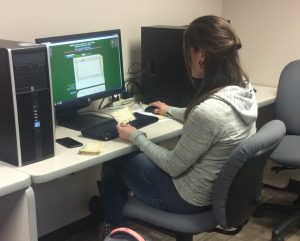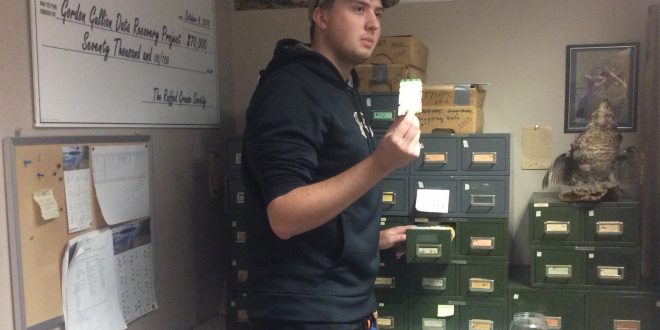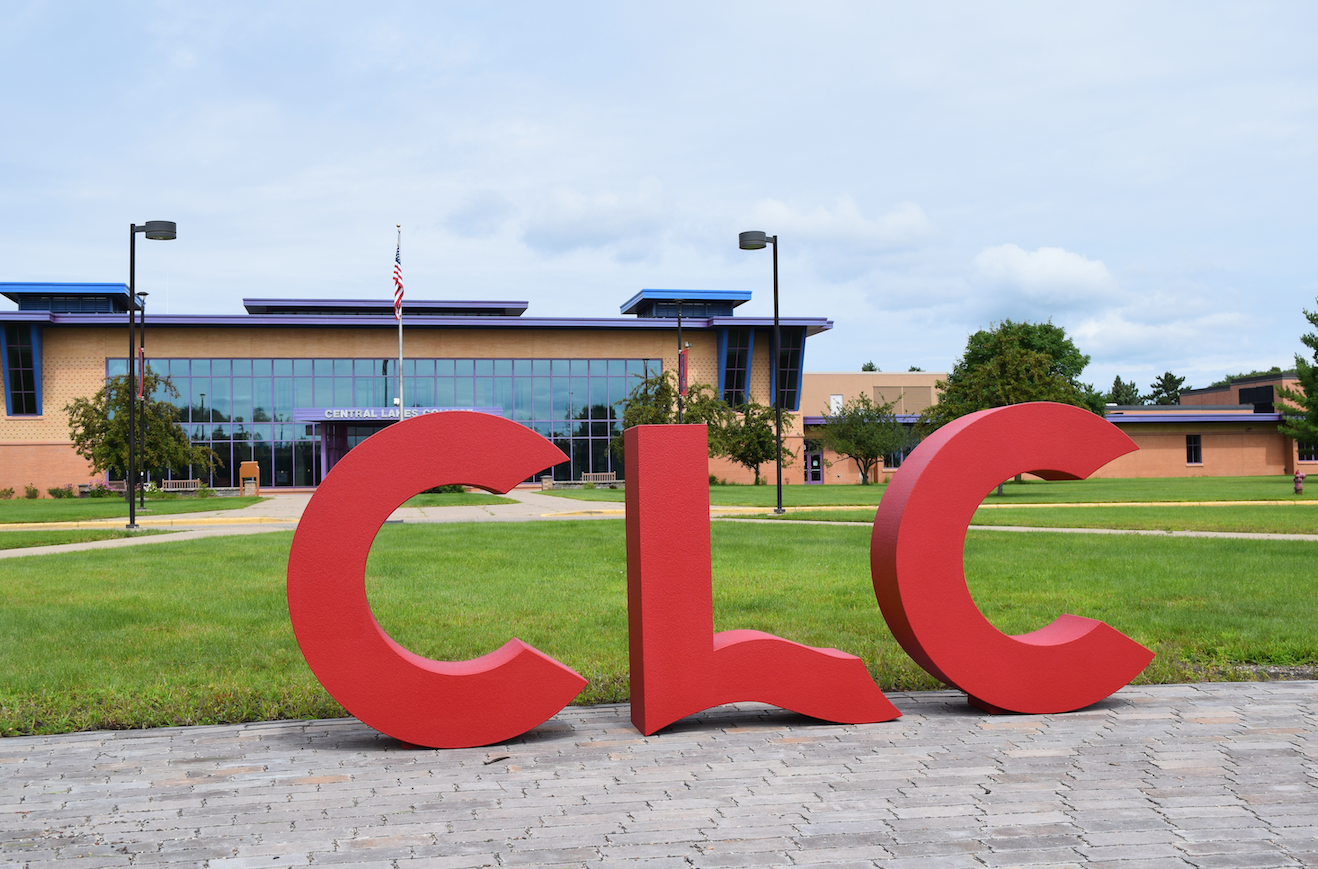 For more than half a century, the life work of Gordon Gullion, a preeminent expert on ruffed grouse, sat untouched in a basement. His work was meticulously detailed on about 69,000 notecards, some dating back to the 1930s.
For more than half a century, the life work of Gordon Gullion, a preeminent expert on ruffed grouse, sat untouched in a basement. His work was meticulously detailed on about 69,000 notecards, some dating back to the 1930s.
Today, those notecards are in the hands of dedicated Central Lakes College Natural Resources students. Their mission: Document that hand-written research in an online database that can be used by experts for years to come.
“When we started this project, we thought we were simply archiving data and eventually reanalyzing it,” said Kent Montgomery, Natural Resource instructor who has headed this project since the beginning. “What we realized is that this has created a resurgence of interest in Dr. Gullion’s work that hopefully will fuel another round of detailed grouse ecology research at the Cloquet Forest Center.”
Most of that data is Gullion’s work at the Cloquet Forestry Center, a few places around Crow Wing County and near Mille Lacs Lake. Each card holds abbreviated, handwritten notes, like date, location, the bird’s band number, color phase, gender, behavior patterns, and even some illustrations. The cards are cut with distinct holes and feature different colors, so cards can easily be picked out from an archive. They hold data from as early as 1930 until 1990, shortly before Gullion’s death in 1991.
To date, about two-dozen students have sifted through about 23,000 cards. There are still a few more years left of the project. Funding has come from the State of Minnesota through the Minnesota Environmental and Natural Resources Trust Fund and the Ruffed Grouse Society. Frank Svoboda and Jim Martinson, in addition to the students, have contributed to the project.
After the project is complete, the data will help shed light on the future of the ruffed grouse and Minnesota’s future ecology.
“This project puts our students directly in meaningful and relevant research experiences that move our field forward and contribute greatly to the professional development of these students,” Montgomery said. “This work also signals to our agency partners and community that CLC natural resources students are every bit as capable and prepared as those coming from schools like the University of Minnesota and the University of Wisconsin and that CLC is a great option for beginning a career in natural resources.”
 CLC News The news and events from Central Lakes College
CLC News The news and events from Central Lakes College



